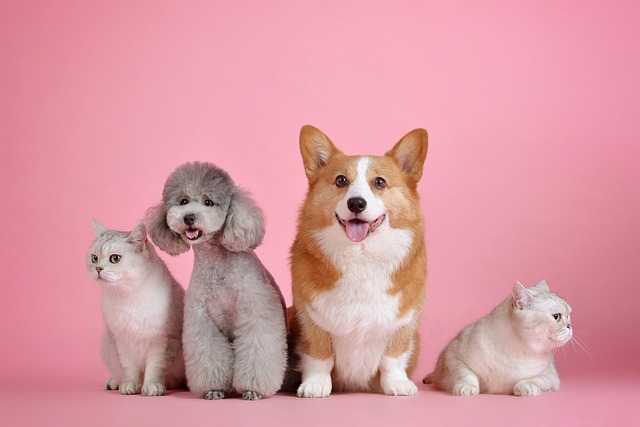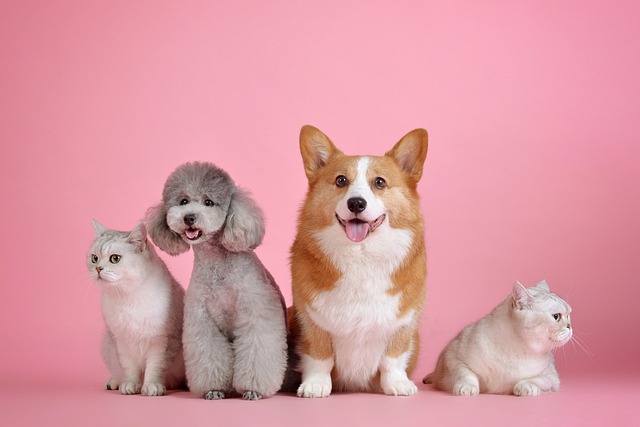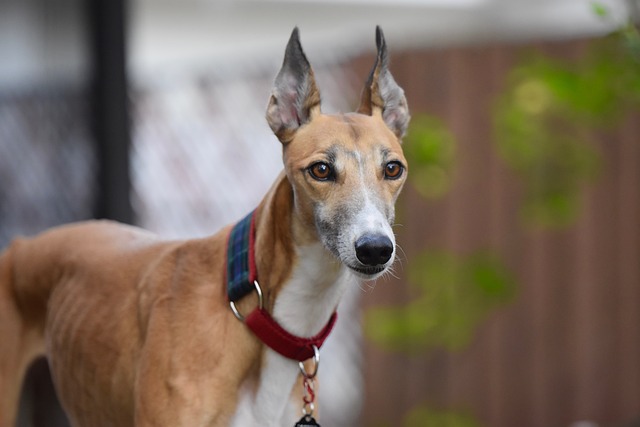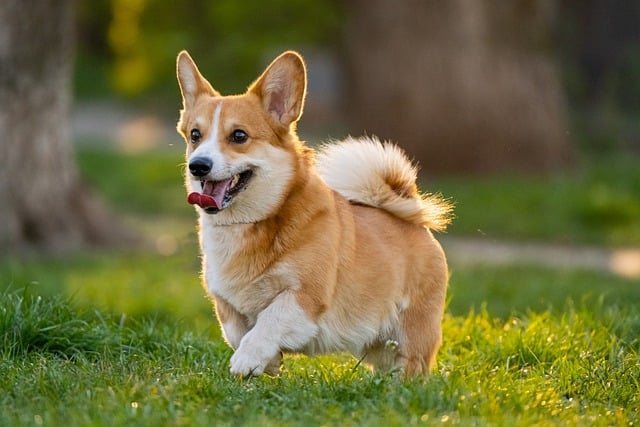Picture this: It's Saturday evening after a fun day at the local dog park with your energetic Labrador, Max. He gulped his dinner quickly, like always. Suddenly, he seems restless, pacing and trying to vomit with little success. His belly looks swollen. Is this just uncomfortable bloat, or a deadly emergency called GDV? Knowing the difference is critical – it can mean life or death for your furry friend.
Bloat, or simple gastric dilatation, happens when a dog's stomach fills with gas, food, or fluid. It causes obvious discomfort, a distended belly, and maybe some unproductive retching. Think of it like an extremely bad tummy ache. GDV (Gastric Dilatation-Volvulus), however, is a true nightmare scenario. The gas-filled stomach doesn't just expand; it twists on itself, cutting off blood flow. This traps the gas and contents, prevents vomiting, and quickly sends the dog into shock. Organs start dying. Bloat might buy you some watchful waiting time; GDV demands a race to the emergency vet – survival chances drop dramatically every single minute past that first "golden hour".
So, how do you tell them apart in a panic? Crucially, observe the vomiting. With bloat, your dog might bring up some foam or small amounts of food. With GDV, those intense retching efforts typically produce nothing – that's the stomach twist blocking the exit. Next, gently tap the side of their belly. A deep, hollow "ping" sound (like a drum) is more classic for GDV due to trapped gas under higher pressure. Touch their gums – are they pink and moist, or pale, grey, or even blueish and sticky? The latter points to shock from GDV. Finally, assess their energy. A dog with bloat is uncomfortable but usually alert. A dog with GDV rapidly becomes lethargic, weak, and may collapse. Remember this: Unproductive retching + a drum-like belly + pale gums + rapid collapse = GDV. Don't Google, don't call a friend – GRAB YOUR KEYS and GO. Tell the ER staff immediately: "I suspect GDV!"

Living responsibly with dogs here in the US goes beyond emergencies. Keep your pup's rabies vaccine current – it's the law almost everywhere, protects public health, and is often needed for licensing, dog parks, or groomers. Always carry poop bags on walks – leaving waste behind isn't just gross, it pollutes waterways and can incur hefty fines in many communities. Training matters immensely. Using positive reinforcement (treats, praise, toys) builds trust and is the modern standard, replacing outdated, harmful methods like yelling or physical punishment. If you're navigating apartment life with a large breed prone to bloat (like Great Danes or Standard Poodles), establish calm routines. Avoid strenuous exercise right before or especially after meals – a quiet hour of rest is safer. Consider puzzle feeders to slow down gobblers. Be mindful of neighbors: keep barking managed and always leash up in common areas unless in a designated off-leash zone.
Prevention is key. Discuss your dog's bloat risk with your vet – deep-chested breeds are most vulnerable. They might recommend a preventive gastropexy surgery (tacking the stomach to prevent twisting), especially if neutering/spaying. Feed smaller meals throughout the day instead of one large one, and avoid elevated bowls unless specifically advised by your vet. Knowing the signs of bloat vs. GDV and acting instantly could save Max's life one scary Saturday night. Be prepared, be proactive, and be that responsible, caring pet parent your dog deserves.






